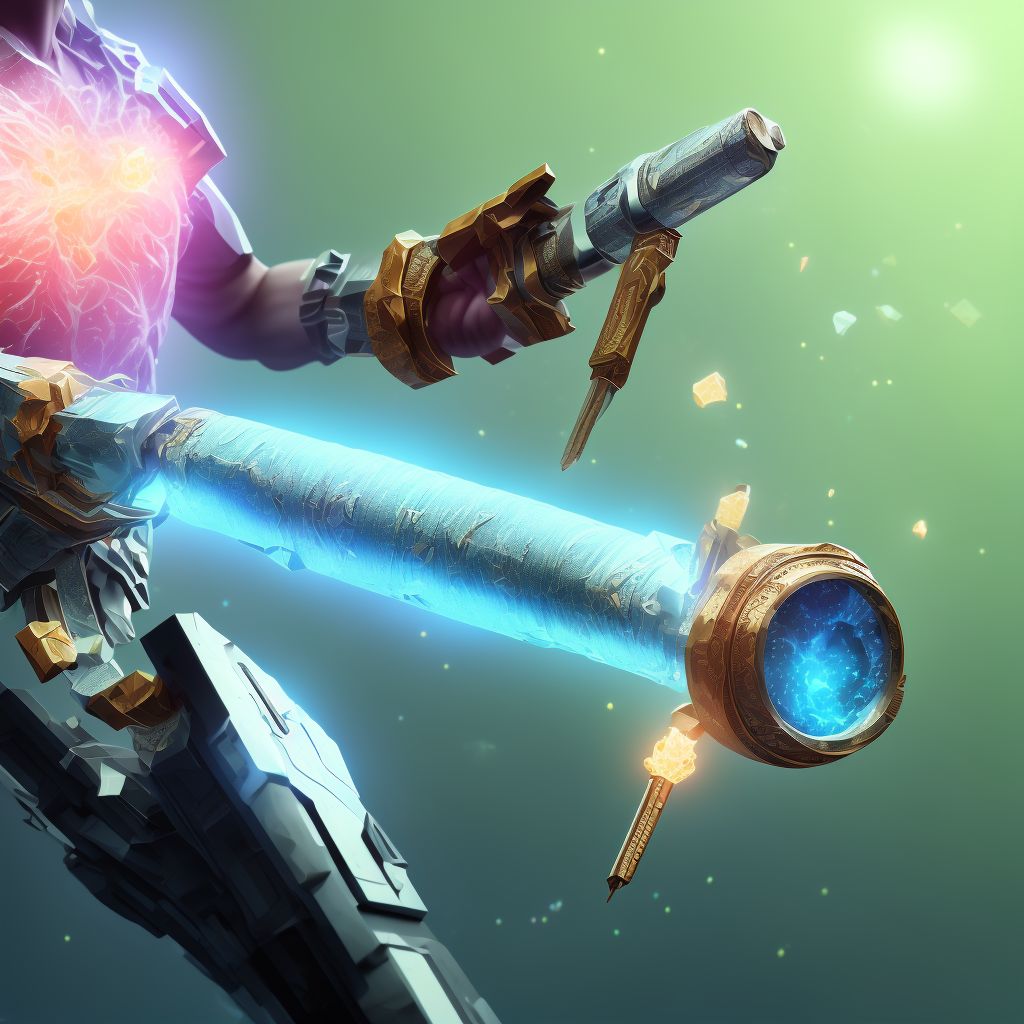
Displaced oblique fracture of shaft of right fibula, subsequent encounter for open fracture type IIIA, IIIB, or IIIC with malunion Save
ICD-10 code: S82.431R
Disease category: S82.431: Displaced oblique fracture of shaft of right fibula
Displaced Oblique Fracture of Shaft of Right Fibula: Understanding the Condition
When it comes to bone fractures, one common type that individuals may experience is a displaced oblique fracture of the shaft of the right fibula. This type of fracture occurs when the fibula bone, located on the outer side of the lower leg, breaks at an angle.
Subsequent encounters for open fractures of this nature are classified into three categories: type IIIA, IIIB, or IIIC, depending on the severity of the fracture and the presence of complications. In some cases, malunion, which refers to improper healing of the fractured bone, may also occur.
It is important to understand the nature of this condition to better comprehend the subsequent encounters for open fractures. While we won't delve into treatment options in this article, let's explore the characteristics and potential causes of a displaced oblique fracture.
- Characteristics: Displaced oblique fractures of the shaft of the right fibula involve a break in the bone that creates an angled separation. This type of fracture is often caused by a direct impact or excessive rotational force on the leg.
- Symptoms: Common symptoms of this fracture include severe pain, swelling, bruising, difficulty walking or bearing weight on the affected leg, and visible deformity of the lower leg.
- Diagnosis: To confirm the presence of a displaced oblique fracture, medical professionals typically conduct a physical examination, followed by imaging tests such as X-rays or CT scans. These tests help determine the extent and severity of the fracture.
- Causes: Several factors can contribute to a displaced oblique fracture, including trauma from falls, sports injuries, or accidents that exert excessive force on the lower leg.
It is crucial to seek medical attention promptly if you suspect a displaced oblique fracture of the shaft of your right fibula. Early diagnosis and appropriate treatment can help minimize complications and facilitate proper healing.
Remember, this article does not cover treatment options. Always consult with a healthcare professional to receive accurate diagnosis and guidance tailored to your specific condition. Stay tuned for more information on this topic in upcoming articles.
Treatment of Displaced oblique fracture of shaft of right fibula, subsequent encounter for open fracture type IIIA, IIIB, or IIIC with malunion:
Treatment Options for Displaced Oblique Fracture of Shaft of Right Fibula, Subsequent Encounter for Open Fracture Type IIIA, IIIB, or IIIC with Malunion
A displaced oblique fracture of the shaft of the right fibula, subsequent encounter for open fracture type IIIA, IIIB, or IIIC with malunion can be a complex condition. However, there are several treatment options available to help...
To see full information about treatment please Sign up or Log in